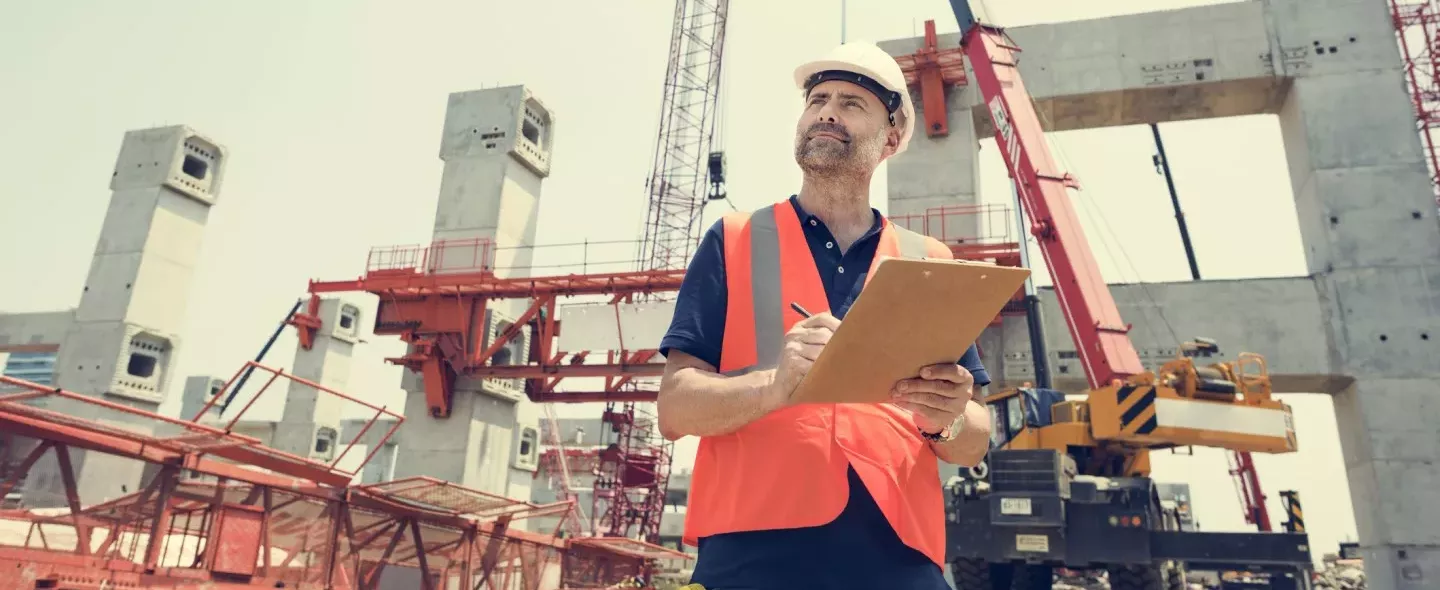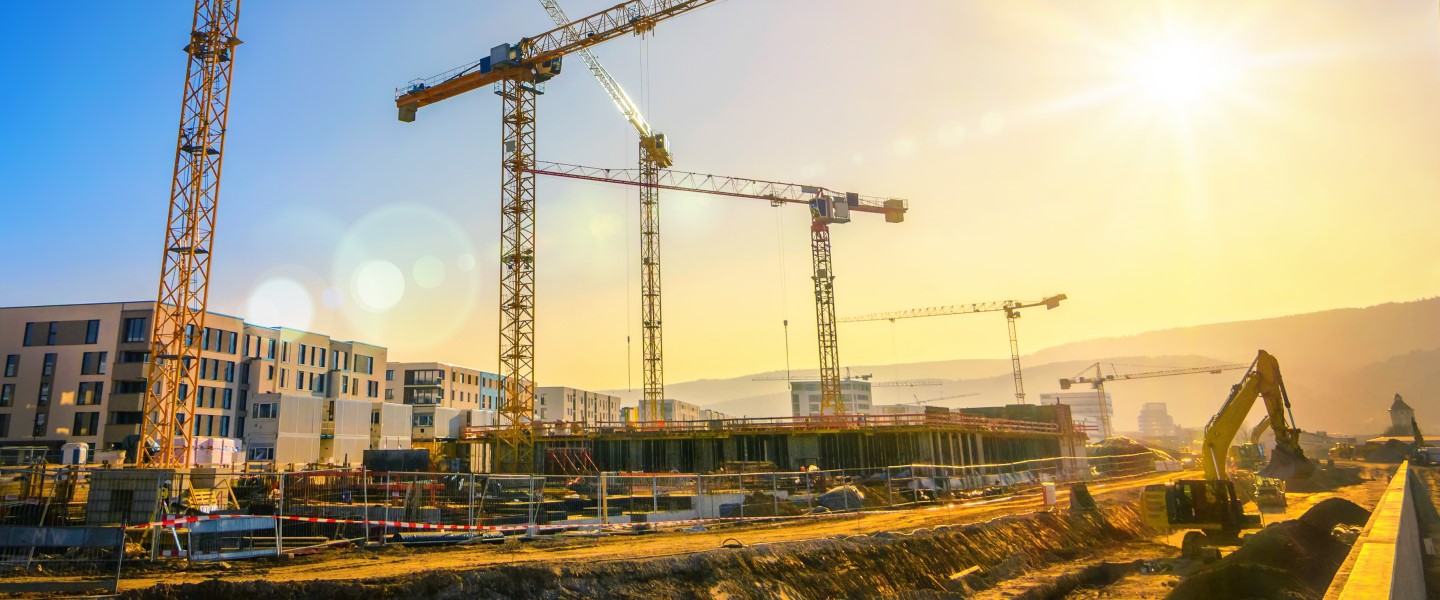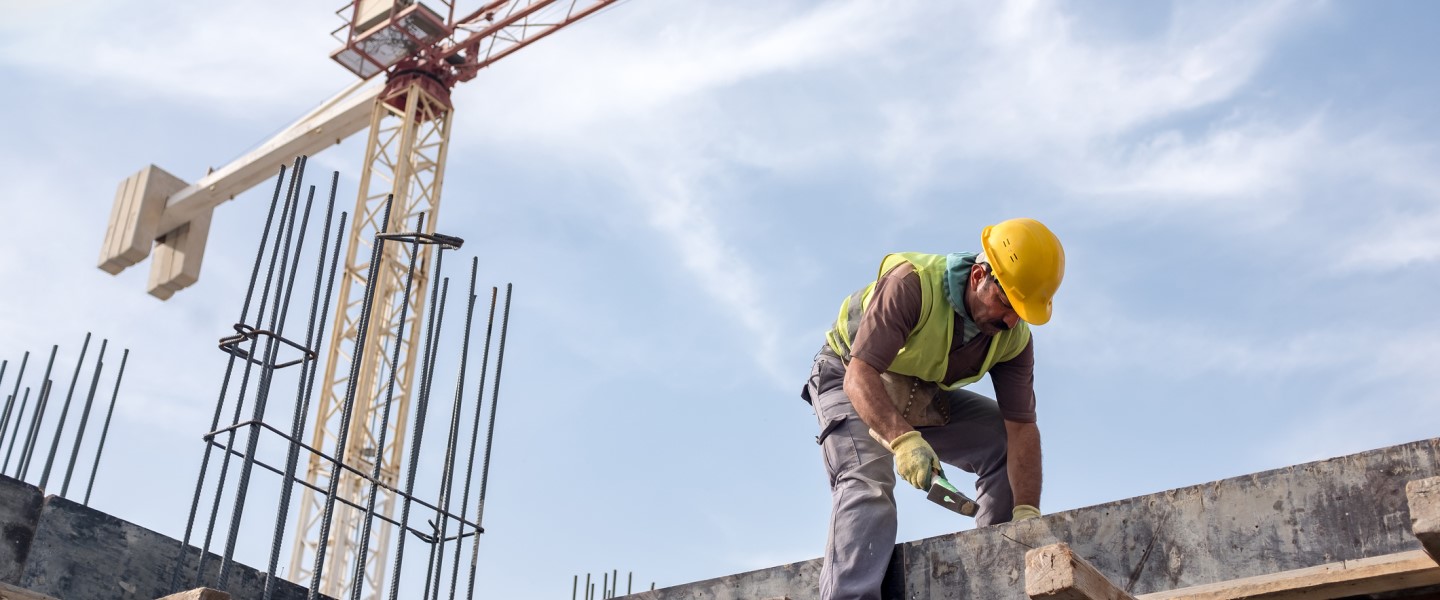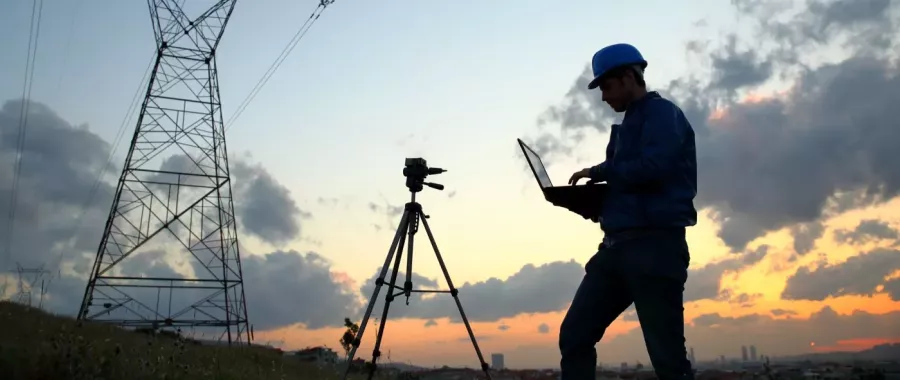The geotechnical engineers at SOCOTEC offer a wide range of geotechnical consultancy services.
With a good theoretical basis in combination with lots of practical experience and a practical approach, we come together to find a solution for your geotechnical issues.
We apply our extensive geotechnical and geohydrological know-how to the following areas:
- Foundations
- Construction pits & Construction sites
- Infrastructure & Site preparation
- Groundwater management
- Evaluation
Foundations
SOCOTEC provides advice on foundations for diverse structures such as homes, commercial buildings, high-rise buildings, wind turbines, logistics centres and civil structures (viaducts, underpasses, bridges, etc.).

Talk to our experts
A geotechnical survey is used to assess which type of foundation is best for the structure: a pile foundation or a foundation on steel. Then, the bearing capacity of the underground is determined using software developed in-house.
Not only the foundation’s bearing capacity but also the deformation of the foundation is also examined. Depending on the situation, this is calculated analytically or, if applicable, with more advanced software such as D-Settlement (D-Settlement - Deltares) or Plaxis 2D or 3D.
In addition to foundation advice for new constructions, the bearing capacity of existing foundations on steel and piles can also be tested.
Construction pits & construction sites
A construction pit is needed to build underground. SOCOTEC provides construction pit advice for various structures such as cellars, underpasses, wind turbines, etc. Construction pit advice comprises a discussion of which facilities are required to carry out the underground work in view of the underground, the construction and the surroundings. Depending on the situation, the construction pit advice covers various components such as the retaining wall or slope stability, dewatering, the impact on the surroundings, etc.
In addition, SOCOTEC also provides foundation advice for various types of construction cranes.
Infrastructure and site preparation
During infrastructural works (roads, railways and water barriers) and site preparation, embankments of clay and/or sand are built on top of the existing ground level. If cohesive soil layers (clay, peat and/or silt) are present in the underground, the construction of these embankments can:
- affect the stability of the underground and embankments
- cause settling in the underground
- affect the surroundings
It is customary to first draw up a final design (FD) for such projects. For large and/or complex projects, a preliminary design (PD) may be drawn up before the final design.
The purpose of a final design is to determine the geometric dimensions of the design so that on completion of the project/in its final state, the requirements set with regard to, for example, stability and (delivery) height are met.
Usually, after the final design has been completed, a design is drawn up for the construction phase to carry out the design drafted (FD). The purpose of the design for the construction phase is:
- To prevent instability of the underground and the embankments during the implementation/realisation of the project
- To ensure that sufficient excess height is present upon completion of the project so that there is adequate height over the lifespan (water barriers), that the residual settling requirement set (preparation for construction) or the requirements with regard to longitudinal and transverse flatness are met (roads and railways)
- To dimension the provisions that are necessary during implementation/realisation of the project in order to achieve the aforementioned goals, and to dimension provisions that ensure that the impact on the surroundings as a result of implementation/realisation of the project does not exceed the limits set
On the basis of the design for the construction phase, an implementation plan, inspection plan and a monitoring plan can then be drawn up for the site engineering during the implementation / execution of the project.
SOCOTEC can assist you with all the aforementioned design phases and with the implementation supervision / site engineering. We have around 30 years and 20 years of experience respectively in the aforementioned areas, working for contractors, central government (public works and water management, water authorities and local councils), engineering firms and project developers.

Our vision of
Groundwater management

Groundwater management
We live in a delta area, which means that the groundwater is never very far below our feet. The groundwater present must be taken into account when working in the underground and making changes to the situation under the groundwater.
Examples include:
- When excavation is required for the construction of foundations or a cellar, there is a real chance that the excavation will be deeper than the prevailing groundwater level. In that case, dewatering is usually required to locally lower the groundwater level and create a dry and workable excavation surface
- In many Dutch towns and villages, relatively clean rainwater has traditionally been quickly discharged to surface water via the sewer system and wastewater treatment plants. Intensive use of space, drinking-water extraction, climate change and nature protection also require a more sustainable way of managing our groundwater. To stimulate sustainable handling of rainwater, regulations have been created that stimulate letting rainwater infiltrate the underground locally as much as possible
- Underground constructions in the substrate and groundwater extraction will affect the level and flow of groundwater to a greater or lesser extent. If no mitigating measures are taken, negative consequences such as flooding or shortage may occur in the area
Groundwater management
We live in a delta area, which means that the groundwater is never very far below our feet. The groundwater present must be taken into account when working in the underground and making changes to the situation under the groundwater.
Examples include:
- When excavation is required for the construction of foundations or a cellar, there is a real chance that the excavation will be deeper than the prevailing groundwater level. In that case, dewatering is usually required to locally lower the groundwater level and create a dry and workable excavation surface
- In many Dutch towns and villages, relatively clean rainwater has traditionally been quickly discharged to surface water via the sewer system and wastewater treatment plants. Intensive use of space, drinking-water extraction, climate change and nature protection also require a more sustainable way of managing our groundwater. To stimulate sustainable handling of rainwater, regulations have been created that stimulate letting rainwater infiltrate the underground locally as much as possible
- Underground constructions in the substrate and groundwater extraction will affect the level and flow of groundwater to a greater or lesser extent. If no mitigating measures are taken, negative consequences such as flooding or shortage may occur in the area
SOCOTEC offers a wide range of geohydrological advice to address all your issues such as groundwater and rainwater management. Thanks to a sound basis of theoretical knowledge combined with a great deal of practical experience and a practical approach, we work with you to gain insight in your geohydrological situation and find the answer to your question. For dewatering advice and environmental impact advice, infiltration advice or other groundwater-related issues, SOCOTEC are the right people to talk to.
SOCOTEC offers you a compete range of geohydrological services from the required soil investigation and laboratory studies to geotechnical monitoring, all handled in-house.


Choose one of our services:
Do you want more information about our services ?









